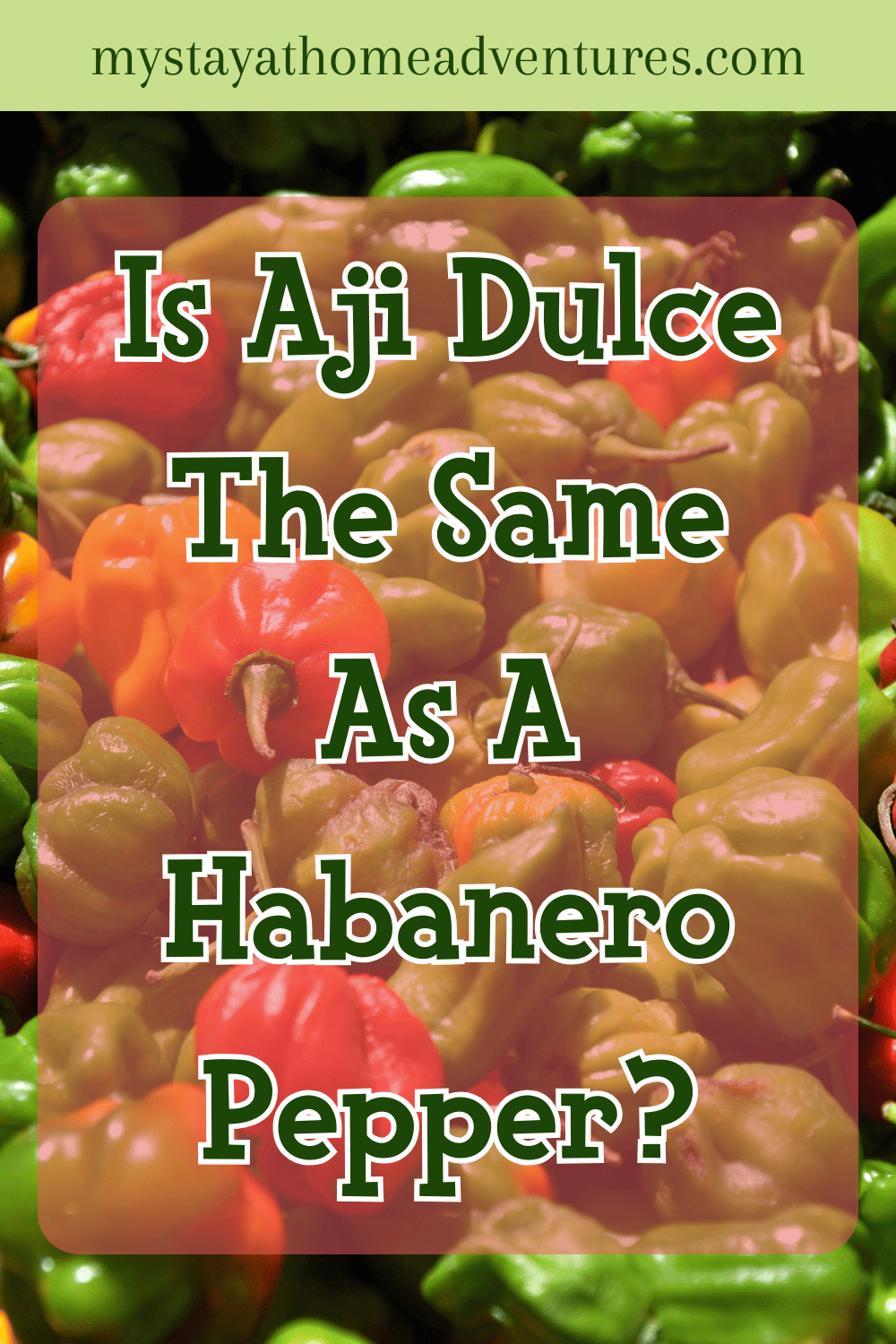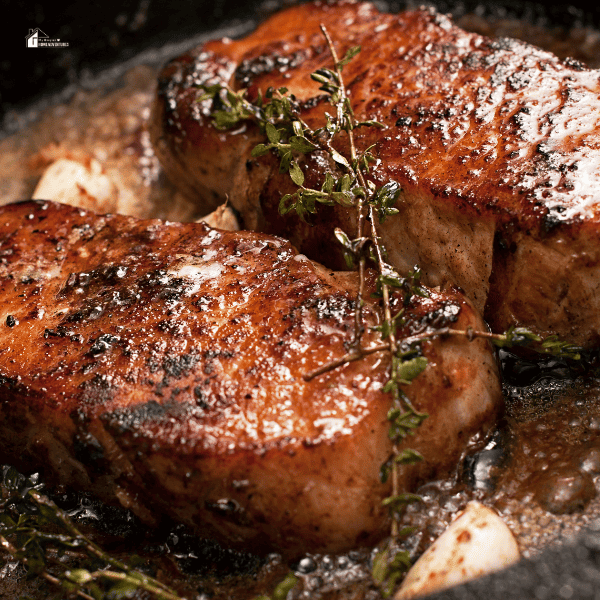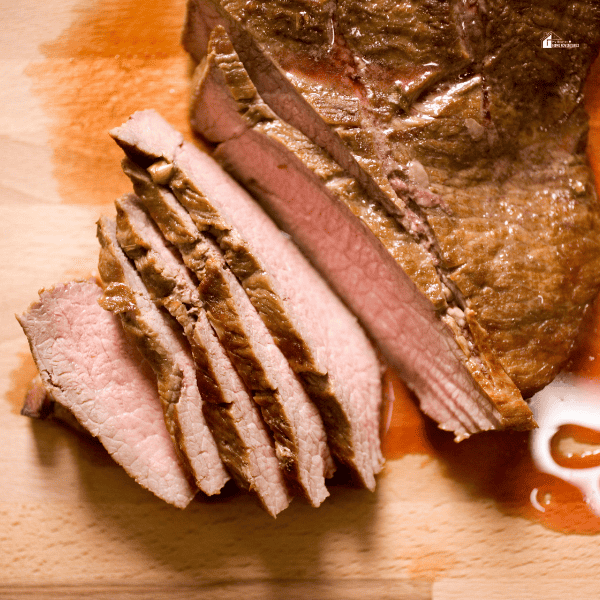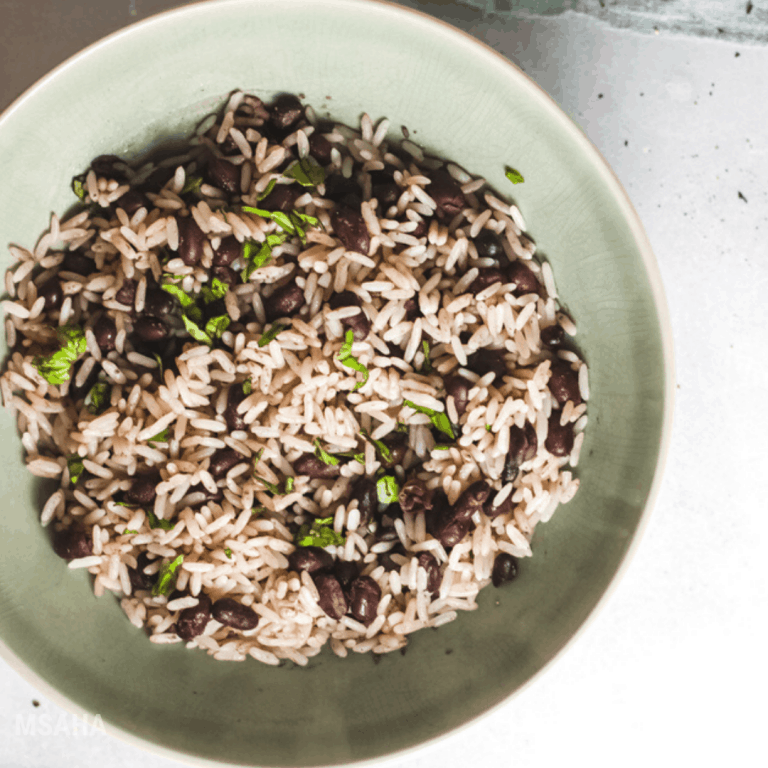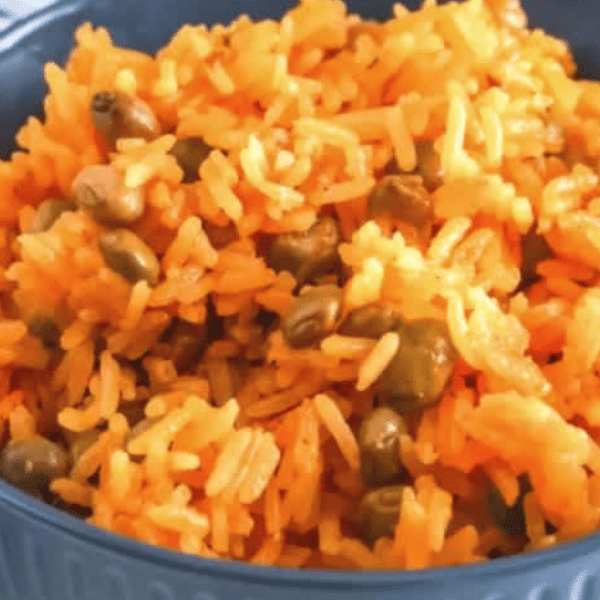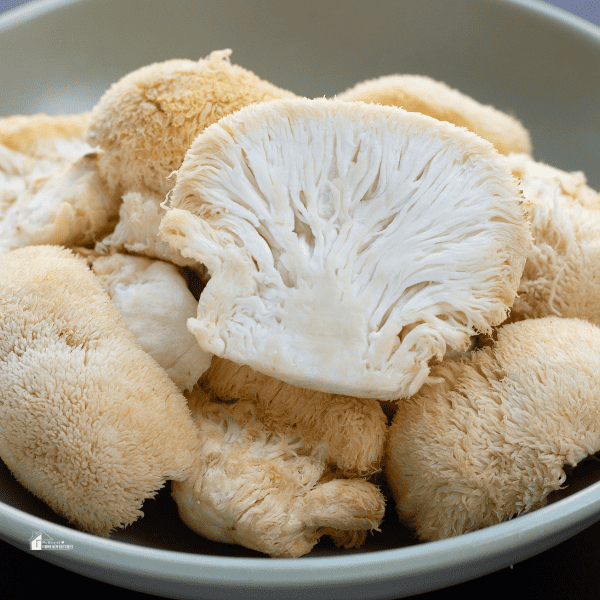Is Ají Dulce the Same as a Habanero Pepper?
This post may contain affiliate links which might earn us money. Please read my Disclosure and Privacy policies hereIf you've ever found yourself navigating the vibrant world of peppers, chances are you've encountered the intriguing culinary duo of Ají Dulce and Habanero peppers. When it comes to appearance, Aji Dulce peppers bear a striking resemblance to their fiery Habanero counterparts, often prompting the question: Is Aji Dulce the same as a Habanero Pepper?
Is Ají Dulce the Same as a Habanero Pepper?
Despite their visual similarities, there's more than meets the eye when it comes to these peppers. While Habaneros are renowned for their fiery heat, Aji Dulce peppers offer a milder, sweeter flavor profile, making them a versatile addition to various culinary creations.
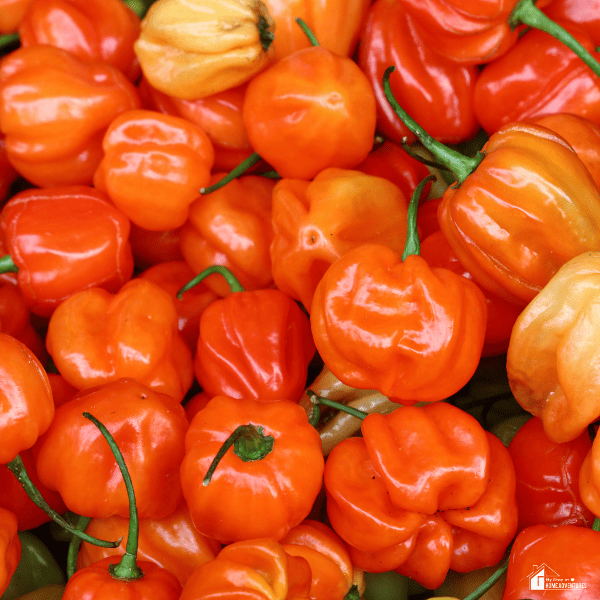
Let’s delve deeper into the world of these peppers, and unravel the distinct characteristics that set Ají Dulce apart from the renowned Habanero. Whether you're a culinary enthusiast or simply intrigued by the diverse world of peppers, this exploration promises to add a dash of spice to your knowledge repertoire.
So, grab your metaphorical culinary passport, and let's embark on this flavorful escapade together!
What is Ají Dulce in English?
Ají Dulce, known as “sweet chili” in English, is a small, sweet pepper variety popular in Latin American and Caribbean cuisine, particularly in Puerto Rico.
What does Ají Dulce pepper taste like?
The Ají Dulce pepper resembles a Habanero pepper in appearance but is milder in heat, providing a pleasant sweet flavor with a subtle kick. It is often described as having hints of citrus and fruity undertones, adding depth and richness to dishes. In Puerto Rico, Ají Dulce is a staple ingredient in many traditional dishes, providing a distinct sweetness and aroma.
What is a Puerto Rican sweet pepper?
The Puerto Rican sweet pepper, also known as Ají Dulce, is a delightful perennial pepper cherished in Latin America and the Caribbean. Unlike its fiery counterparts, this pepper boasts a complete absence of heat, captivating with its floral sweetness and robust aroma. Its meaty flesh and vibrant colors make it a versatile ingredient, essential for creating authentic Caribbean dishes such as sofrito. With a rich tropical sweetness, the Ají Dulce pepper adds a unique flavor profile to culinary creations, elevating the sensory experience. Whether used in traditional recipes or experimental culinary adventures, this mild and aromatic pepper promises to infuse dishes with a touch of Caribbean charm.
What are popular Puerto Rican peppers?
| Pepper Name | Other Names | Description |
| Ají Dulce | Quechucha, Puerto Rican Sweet Pepper | Sweet perennial peppers that are popular in Latin America and the Caribbean. Essential for sofrito, and notable for their mild, fruity flavor. |
| Aji Cachucha | – | Heatless Habaneros, common in Puerto Rican cooking, are known for their fruity essence and minimal heat. |
| Ajicito/Aji Gustoso | – | Widely used in Puerto Rican and Dominican cooking, known as a mild and flavorful ingredient, perfect for adding a touch of sweetness to dishes. |
What is the sweetest pepper in the world?
The reigning champion of sweetness is the Lesya pepper. This cultivated variety has garnered a reputation for its unparalleled delicious flavor and remarkable sweetness, earning it the prestigious title of the sweetest pepper globally. Hailing from Ukraine, the Lesya sweet pepper variety has also made waves with its thick-walled, sweet fruits, making it a standout choice for those seeking a delectably sweet pepper to incorporate into their culinary endeavors.
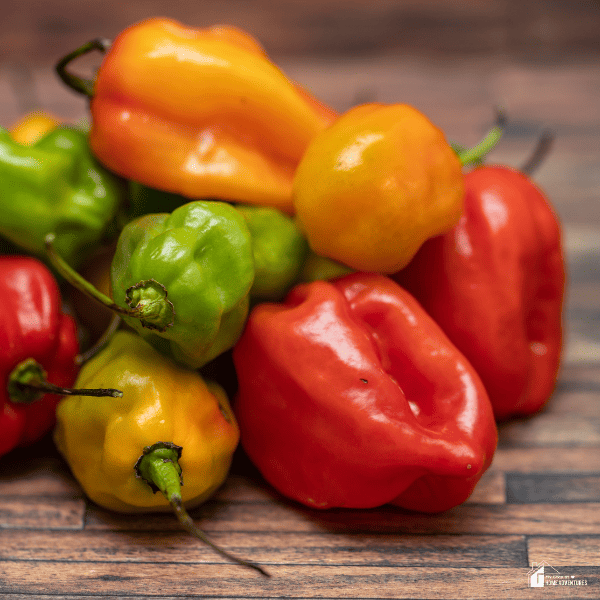
Overview of Ají Dulce and Habanero Pepper characteristics
| Pepper | Ají Dulce | Habanero |
| Scoville Scale | 0 – 500 (No Heat) | 100,000 – 350,000 (Very Hot) |
| Flavor | Sweet, floral, aromatic | Intense heat, fruity undertones |
| Common Dishes | Sofrito, stews, sauces | Hot sauces, marinades, salsas |
| Culinary Use | Adds sweetness and aroma | Provides intense spiciness |
| Color | Various colors, often bright red | Typically orange, red, or green |
| Size | Small to medium | Small |
These characteristics paint a clear picture of the stark difference between the mild, sweet Ají Dulce and the fiery, intense Habanero pepper. While the Ají Dulce adds a delightful sweetness and aroma to dishes, the Habanero brings intense heat and fruity undertones, making them both unique and essential ingredients in their own right.
Culinary Uses
Popular culinary uses for Ají Dulce and Habanero Pepper
- Ají Dulce: Due to its mild nature and sweet, smoky flavor, Ají Dulce is commonly used in mild salsas, sauces, and dishes that require a subtle heat. It is a staple in Caribbean cuisines, particularly in Cuban and Venezuelan dishes, adding a unique twist without overpowering spiciness.
- Habanero Pepper: With its intense spiciness, the Habanero Pepper is favored in dishes that require a bold kick of heat. It is a popular choice for those who enjoy fiery hot sauces, adding a fiery punch to marinades, sauces, and dishes that need a significant spiciness level.
Cooking tips and recipes suitable for each pepper
| Ají Dulce | Habanero Pepper |
| Use Ají Dulce in mild salsa recipes for a subtle heat | Incorporate Habanero Pepper into spicy marinades for a bold flavor |
| Add Ají Dulce to soups and stews for a hint of smokiness | Blend Habanero Pepper into hot sauce for a fiery condiment |
| Pair Ají Dulce with seafood dishes for a Caribbean flair | Include Habanero Pepper in spicy chili recipes for intense heat |
Culinary traditions associated with Ají Dulce and Habanero Pepper
The culinary traditions associated with Ají Dulce and Habanero Peppers are rich and varied, reflecting the vibrant tapestry of flavors found in the Caribbean and Latin American cuisines.
Ají Dulce, also known as the “seasoning pepper,” is an essential ingredient in a diverse array of traditional dishes across the English-speaking Caribbean. From Puerto Rican ajicitos to the tropical hot pepper variety grown in Jamaica and Guyana, this sweet and aromatic pepper adds a delightful touch to stews, soups, rice dishes, and the beloved sofrito pique. Its versatility and unique flavor make it a staple in traditional Caribbean and Latin American cuisines, where it brings a distinct sweetness and aroma to culinary creations.
On the other hand, the Habanero Pepper, with its intense heat and fruity undertones, is a key player in the spicy, flavorful landscape of Caribbean and Latin American cuisine. Widely used in hot sauces, marinades, and salsas, the fiery nature of the Habanero adds a bold and intense spiciness to dishes, contributing to the rich and diverse flavor profiles of the region's culinary heritage.
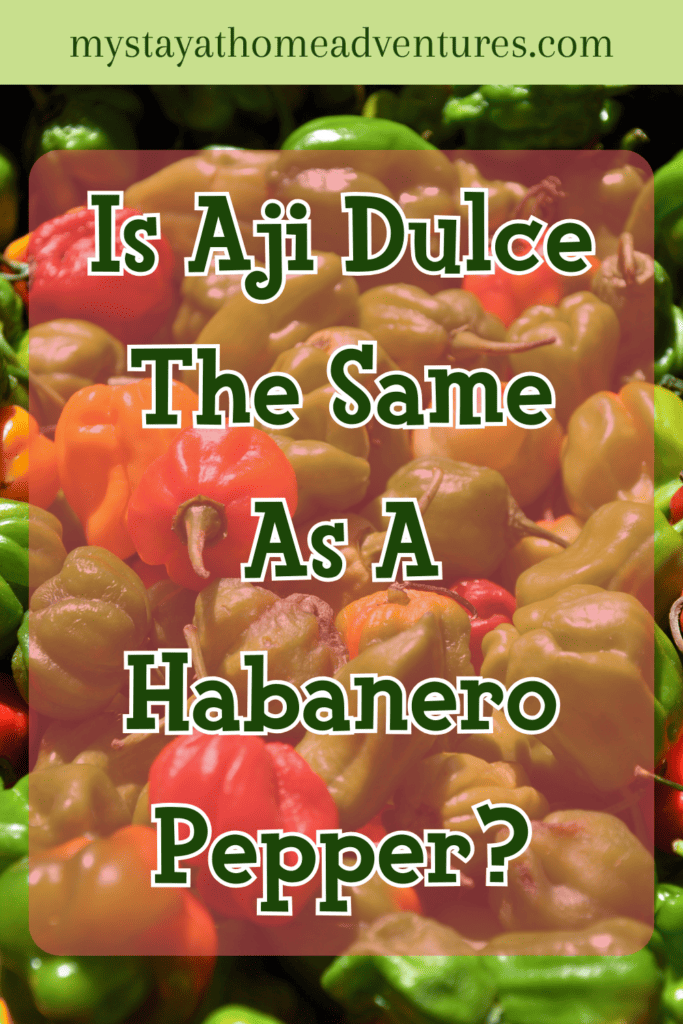
Ají Dulce and Habanero Pepper, despite their similar appearances, stand at opposite ends of the heat spectrum. Ají Dulce charms with its subtle sweetness and complex flavors, making it a delightful addition to dishes where a hint of spiciness is desired without overwhelming heat.
On the other hand, Habanero Pepper boldly asserts its presence with intense heat and a citrusy zing, catering to individuals who crave fiery sensations in their culinary creations. Understanding the nuances of these peppers allows individuals to make informed choices based on their taste preferences and spice tolerance levels.

